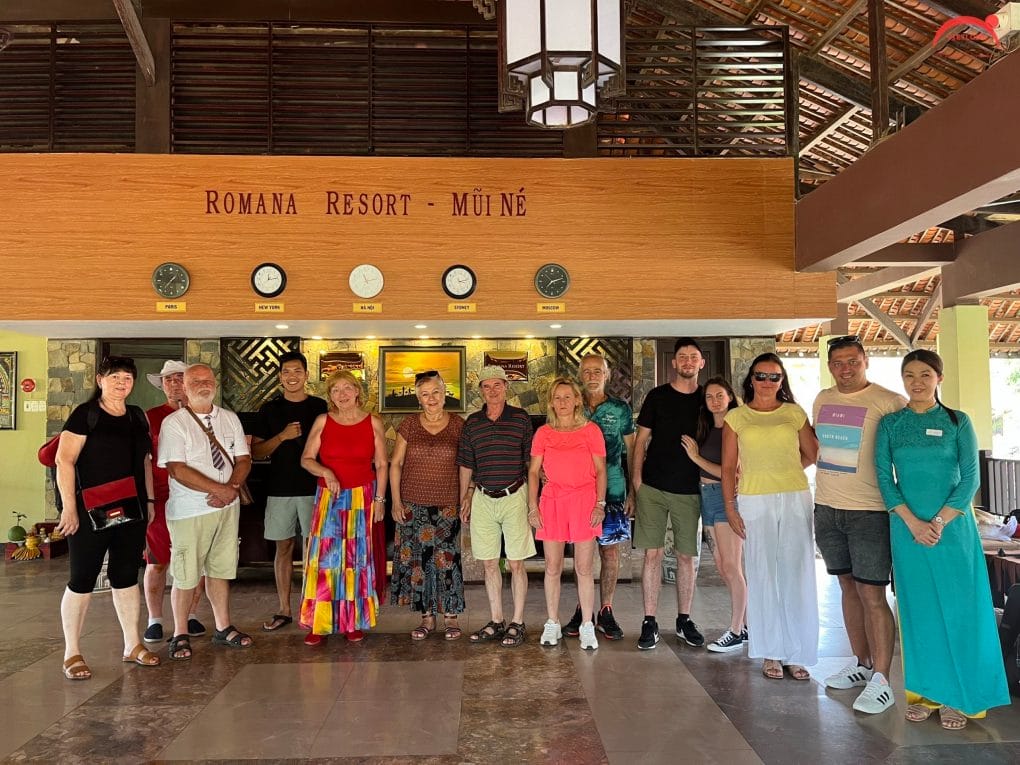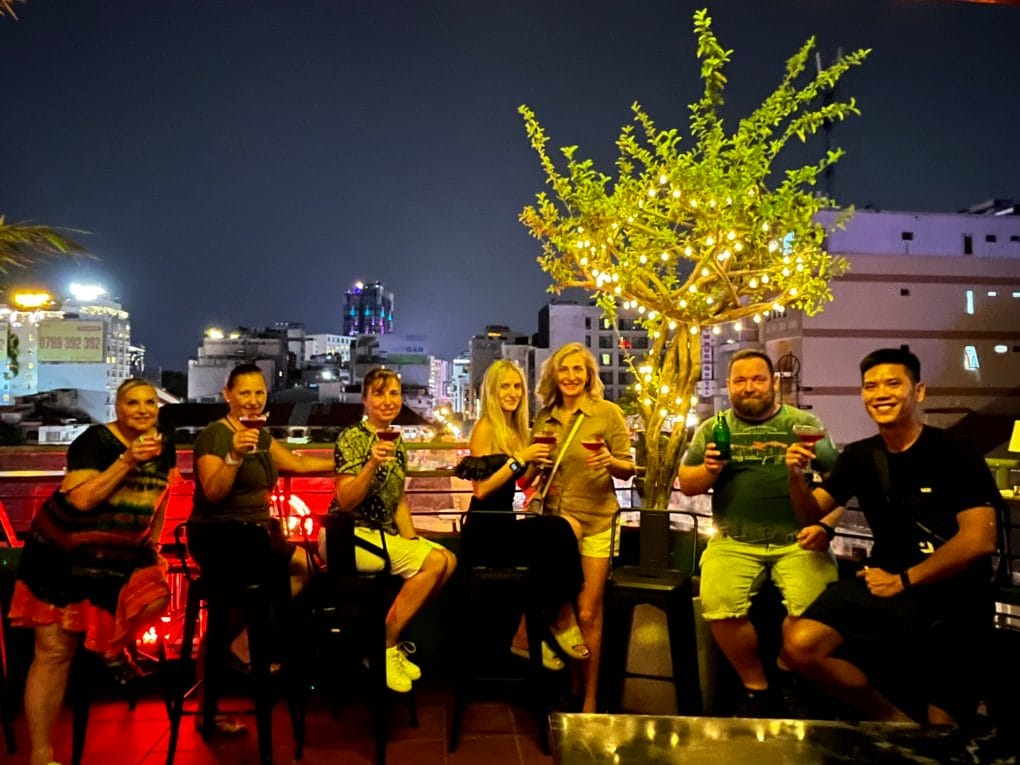The temple complex of Wat Phou was begun as early as the 7th century AD, though its present form dates mostly from the 11th and 12th centuries. Of all the Khmer temples, Wat Phou is considered one of the most beautiful because of its setting. The temple complex measures 1,400 meters in a line running east to west up the lower part of Phou Pasak Mountain. It was built over the course of several centuries, beginning in the 7th century. The Khmer rulers continued to maintain the temple through the 14th century, even after they had moved the capital from the Champasak area to Angkor in present day Cambodia. Most remains of Wat Phou can be seen today date from the 11th century. The temple is built on six different levels or terraces, connected by steps and a central walkway. Most are man-made, but the uppermost level is a natural terrace where a spring flows out of the mountain. Standing structures within the temple complex include baray, quadrangles, Nandin hall, small pavilions, brick towers, stairways and the main shrine. The main shrine was dedicated to Shiva. Inside, where today there is a statue of the Lord Buddha, there would have been a Shiva linga. Converted from Hinduism to Buddhism in the 13th century AD, Vat Phou still plays an important role in local religious life today. On the full moon night of the third lunar month, Champasak residents hold their traditional Wat Phou festival including many activities such as elephant race, buffalo fighting and cock fighting and also performances.
You May Also Like
How to plan a perfect Family Holiday to Vietnam
Are you trying to plan an enjoyable, instructive, and unforgettable family vacation? Do you wish to travel to a nation…
A Family Holiday in Vietnam and Cambodia – All you need to know
I. Perception of a Family Vacation? A family vacation is a trip taken by members of a family unit, typically…
What is the cost of a 12-day Vietnam Cambodia Family Holiday roughly?
Embarking on a family tour to Vietnam and Cambodia is an exciting and enriching experience that offers a wealth of…
Why to book a Vietnam Cambodia Family Holiday via Local Agents?
When planning a family holiday to Vietnam and Cambodia, one of the most important decisions you’ll make is how to…
How to plan a flawless Family vacation to Vietnam and Cambodia?
Embarking on a family vacation to Vietnam and Cambodia is an exciting and enriching experience that offers a wealth of…
Why a Family Vacation to Vietnam and Cambodia?
Embarking on a family tour of Vietnam and Cambodia is an enriching and transformative experience that offers countless benefits for…






